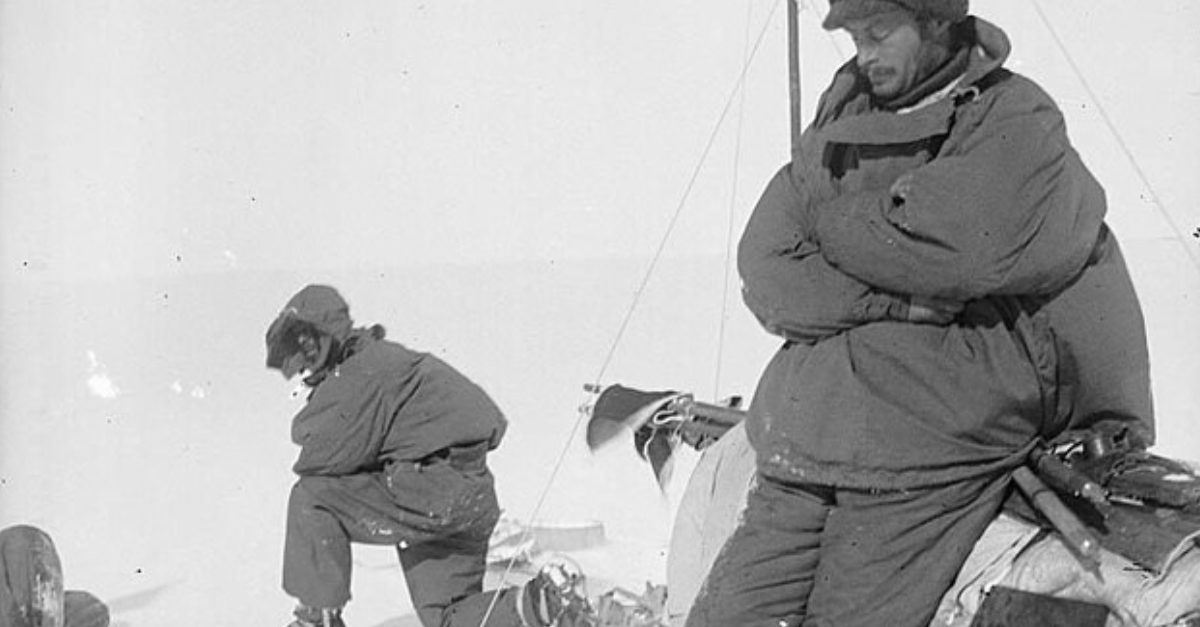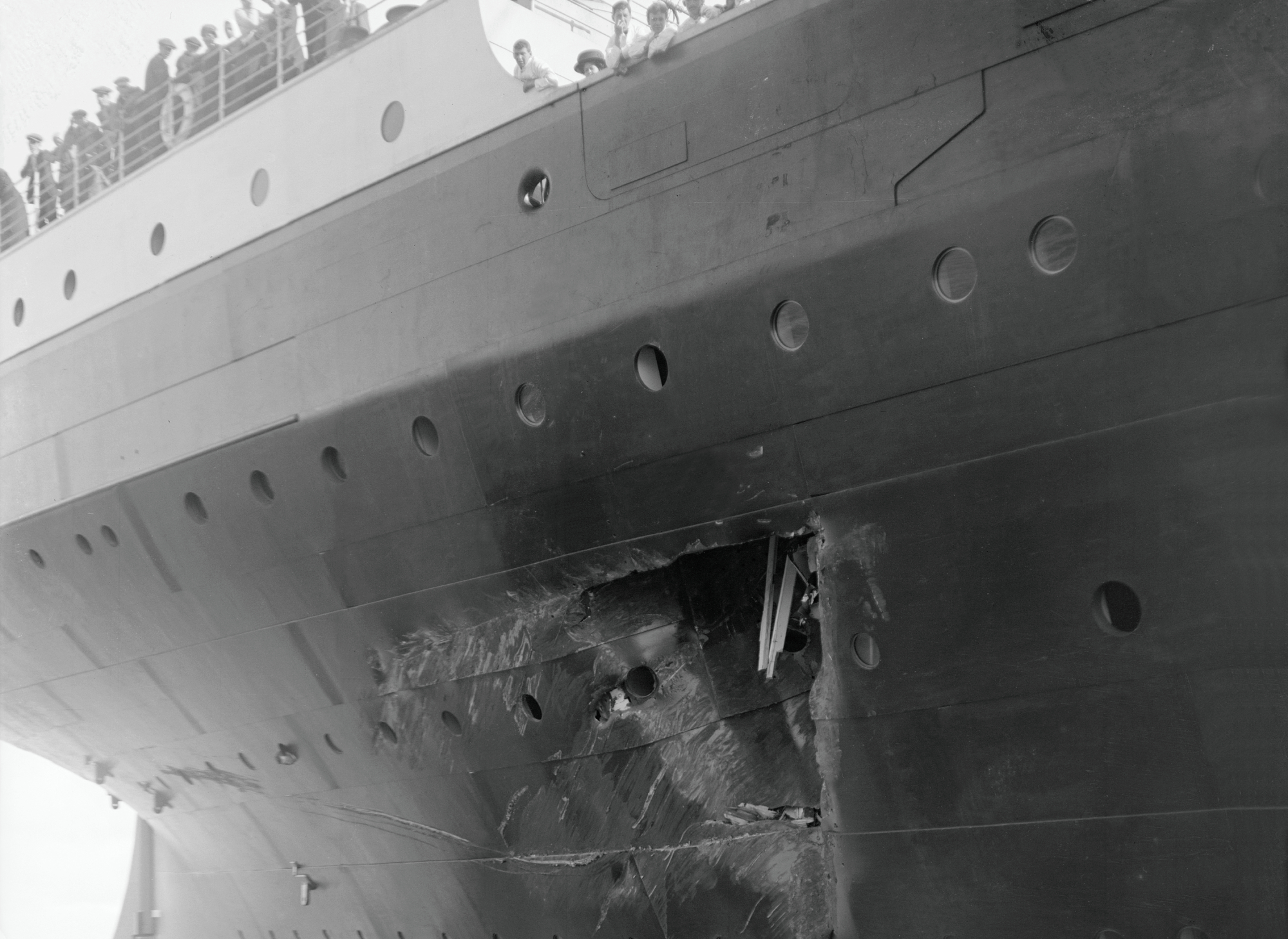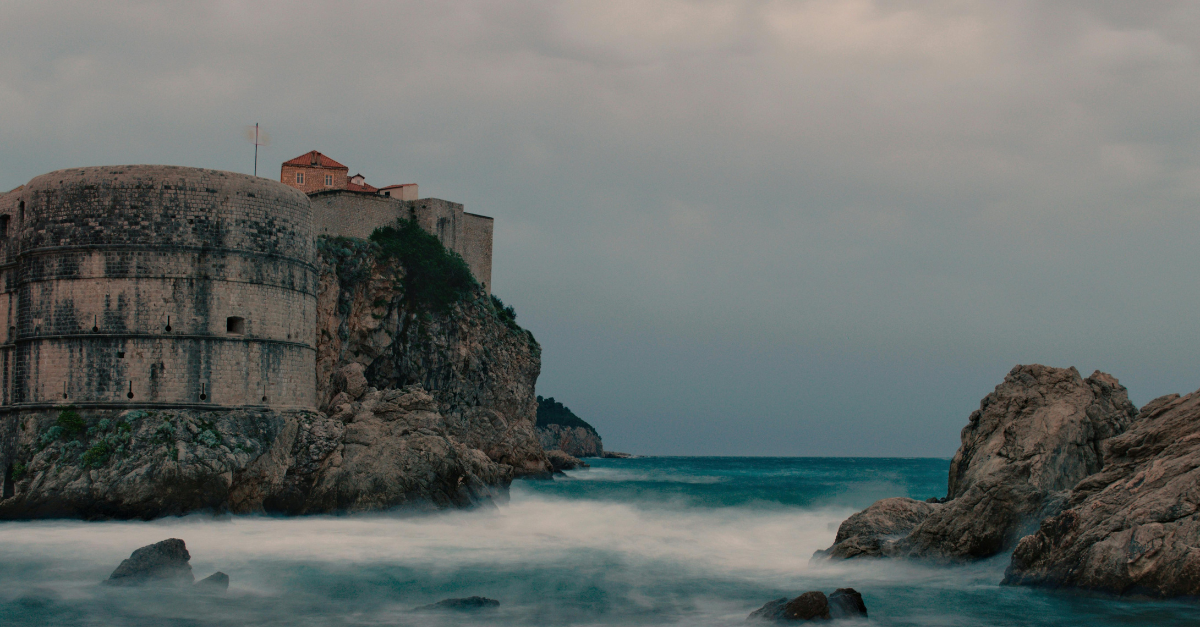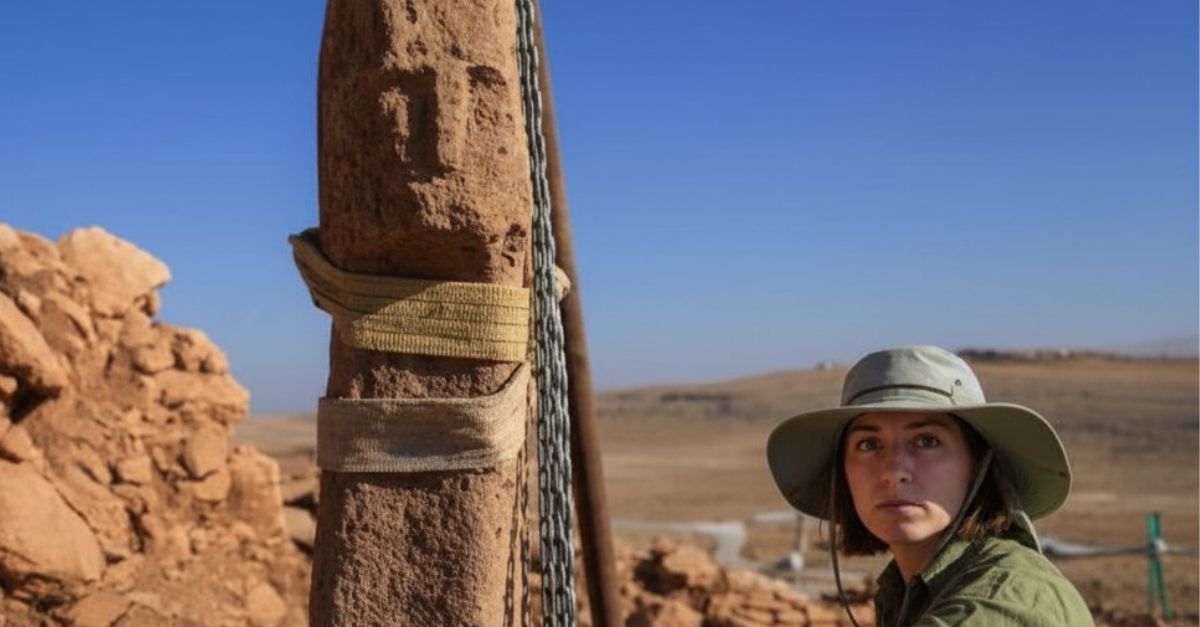The Will To Survive
From the arctic to the Andes, on land and in water—these harrowing stories of survival will amaze and inspire. You should never underestimate the power of the human spirit to fight and to survive when all seems lost. These stories are truly unbelievable…but believe it, because they're all true.

The Real Revenant
If you thought Leo DiCaprio's The Revenant was an amazing story, just wait till you hear about the true story that 2015 film was based on.
 Twentieth Century, The Revenant (2015)
Twentieth Century, The Revenant (2015)
The Real Revenant
The year was 1823 and Hugh Glass was in South Dakota on a fur trading expedition when he was attacked by a grizzly bear. We're talking an attack so brutal that the fact that he survived it is enough for him to find himself mentioned here. But that was just the beginning.
 Twentieth Century, The Revenant (2015)
Twentieth Century, The Revenant (2015)
The Real Revenant
When Glass opened his eyes after the attack he was all alone. The rest of his expedition had left him there, and he was without any equipment. So, he set his broken leg, fashioned clothing from a bear hide and set off crawling towards Fort Kiowa (only 260 miles away).
 Twentieth Century, The Revenant (2015)
Twentieth Century, The Revenant (2015)
The Real Revenant
After crawling for a while and letting maggots eat at his wounds to avoiding gangrene, Glass made it to the Cheyenne River. Next, he built a basic raft and drifted down stream towards his destination. Eventually making it to Fort Kiowa about six weeks later.
 Twentieth Century, The Revenant (2015)
Twentieth Century, The Revenant (2015)
Sir John Franklin’s Coppermine River Expedition
In 1819 Sir John Franklin set out to chart the Coppermine River through Northern Canada from the Great Slave Lake to the Arctic Ocean. With him on the voyage were other British navel men, Canadian voyageurs, and First Nations guides and hunters.
19 men began the journey. How many would survive?
 National Portrait Gallery, Wikimedia Commons
National Portrait Gallery, Wikimedia Commons
Sir John Franklin’s Coppermine River Expedition
The canoe ride up the river was hard as brutal weather had the men suffering from exhaustion and hunger. It got so bad Franklin himself earned the nickname, "The Man Who Ate His Boots" —literally boiling the leather off his boots for nourishment.
But that's like a gourmet meal compared to some of the voyageurs, who had been secretly eating their fallen explorers.
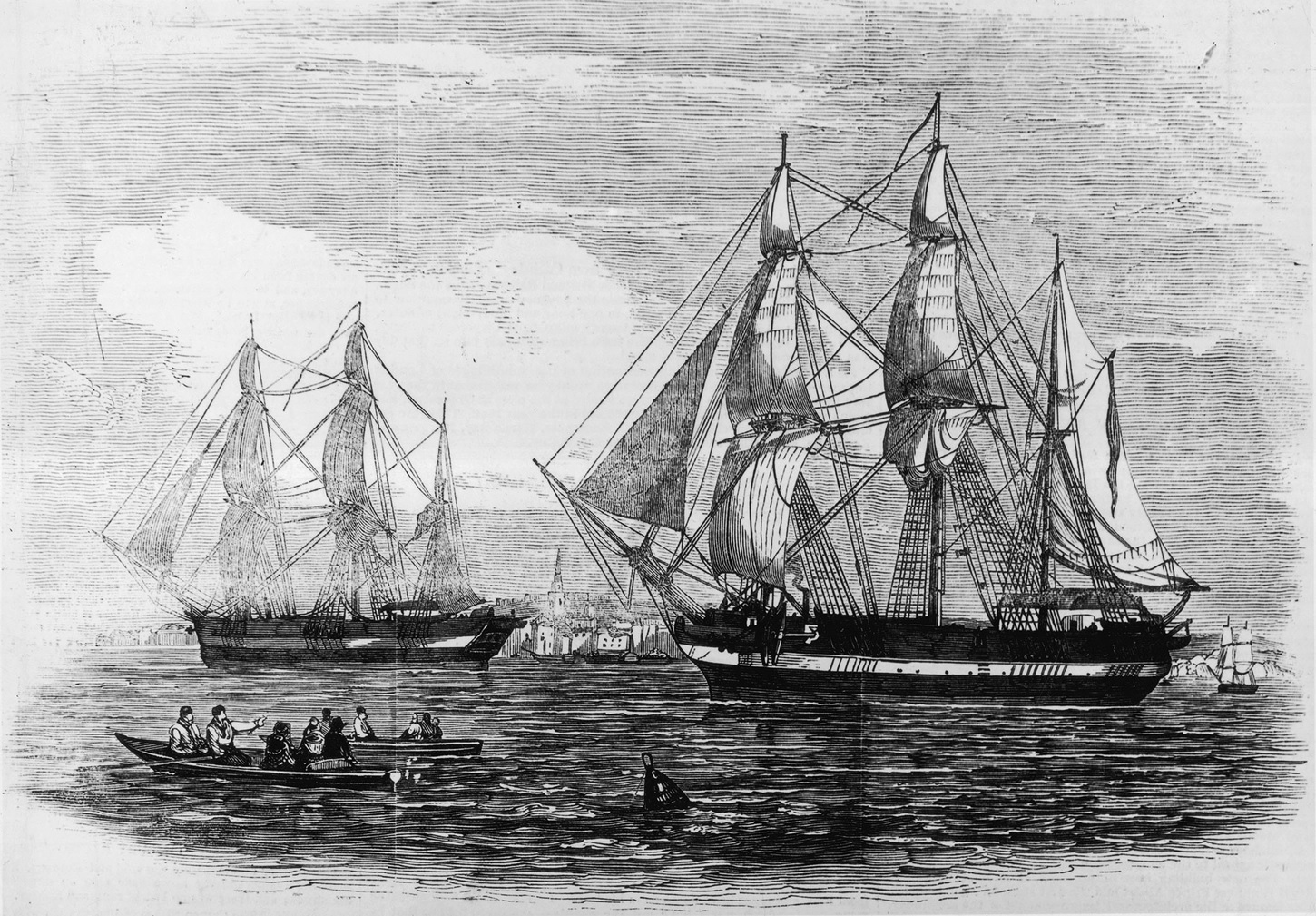 Illustrated London News, Wikimedia Commons
Illustrated London News, Wikimedia Commons
Sir John Franklin’s Coppermine River Expedition
Things looked more than grim for Franklin and the remaining crew, but thanks to the First Nations hunters who nursed them back to health, Franklin made the 1,500 mile trek back. In the end, only eight of the 19 men who began the journey survived.
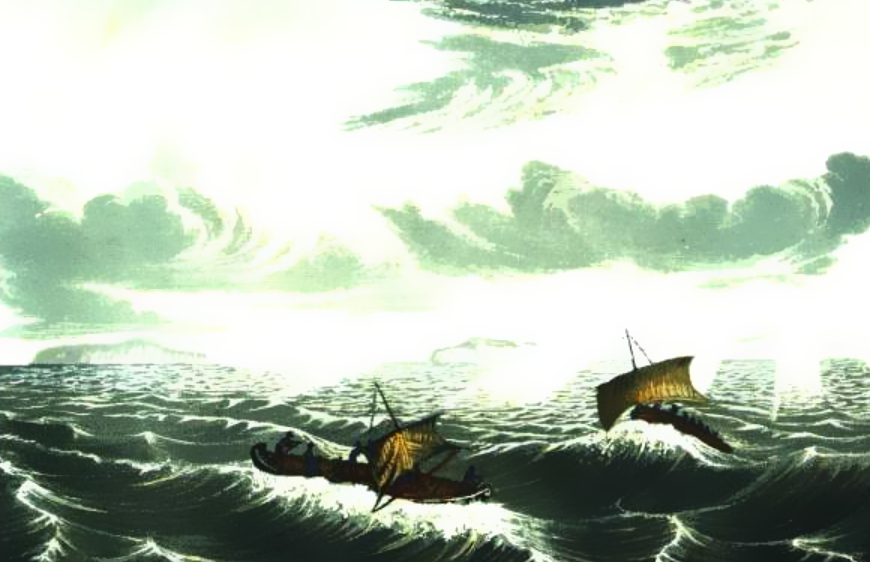 Edward Francis Finden, Wikimedia Commons
Edward Francis Finden, Wikimedia Commons
Stranded In The Andes
In 1972, a small plane crashed in the Andes mountains. The plane was carrying a Uruguayan rugby team, and 29 of the 45 people on board initially survived the crash. But they wouldn't all make it back to safety.
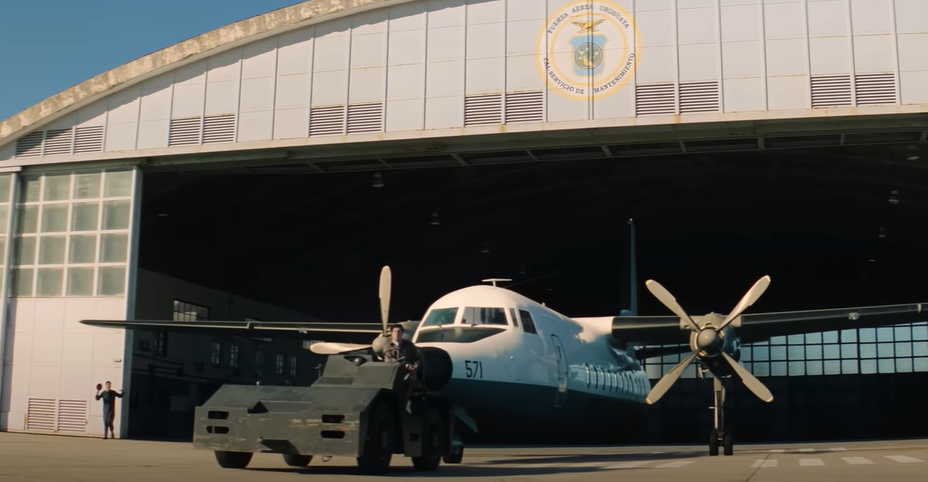 Netflix, Society of the Snow (2023)
Netflix, Society of the Snow (2023)
Stranded In The Andes
With where they were on the mountain, and with the snow basically camouflaging their wreckage, rescue was impossible. For two months, the survivors remained there. As starvation set in the survivors did the unthinkable: They ate the flesh of their fallen teammates.
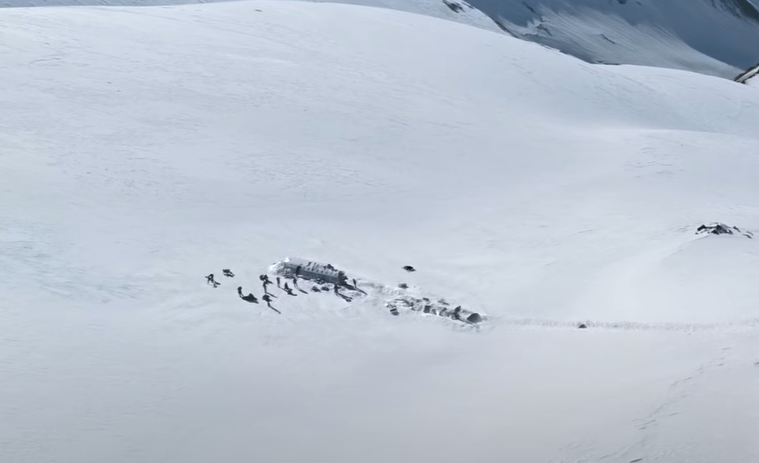 Netflix, Society of the Snow (2023)
Netflix, Society of the Snow (2023)
Stranded In The Andes
Two players—Nando Parrado and Roberto Canessa—fought the cold and their weakened states to trek down the mountain in search of help—eventually making it to a small village. It lasted 72 days and by the time they were rescued, only 16 people were still alive.
 Netflix, Society of the Snow (2023)
Netflix, Society of the Snow (2023)
Ernest Shackleton's Nightmare In The Arctic
When Ernest Shackleton and his crew set out in 1914 with a plan to be the first men to cross the Antarctic by foot. But the plans changed.
 George Charles Beresford, Wikimedia Commons
George Charles Beresford, Wikimedia Commons
Ernest Shackleton's Nightmare In The Arctic
Shackleton and his crew probably knew everything wouldn't go smoothly, but they surely didn't expect that their ship would be crushed by sea ice, stranding the entire, almost 30 man crew on an ice floe. It was 1916 by the time the men finally all made it to the uninhabited Elephant Island. At that point, Shackleton decided to go for help.
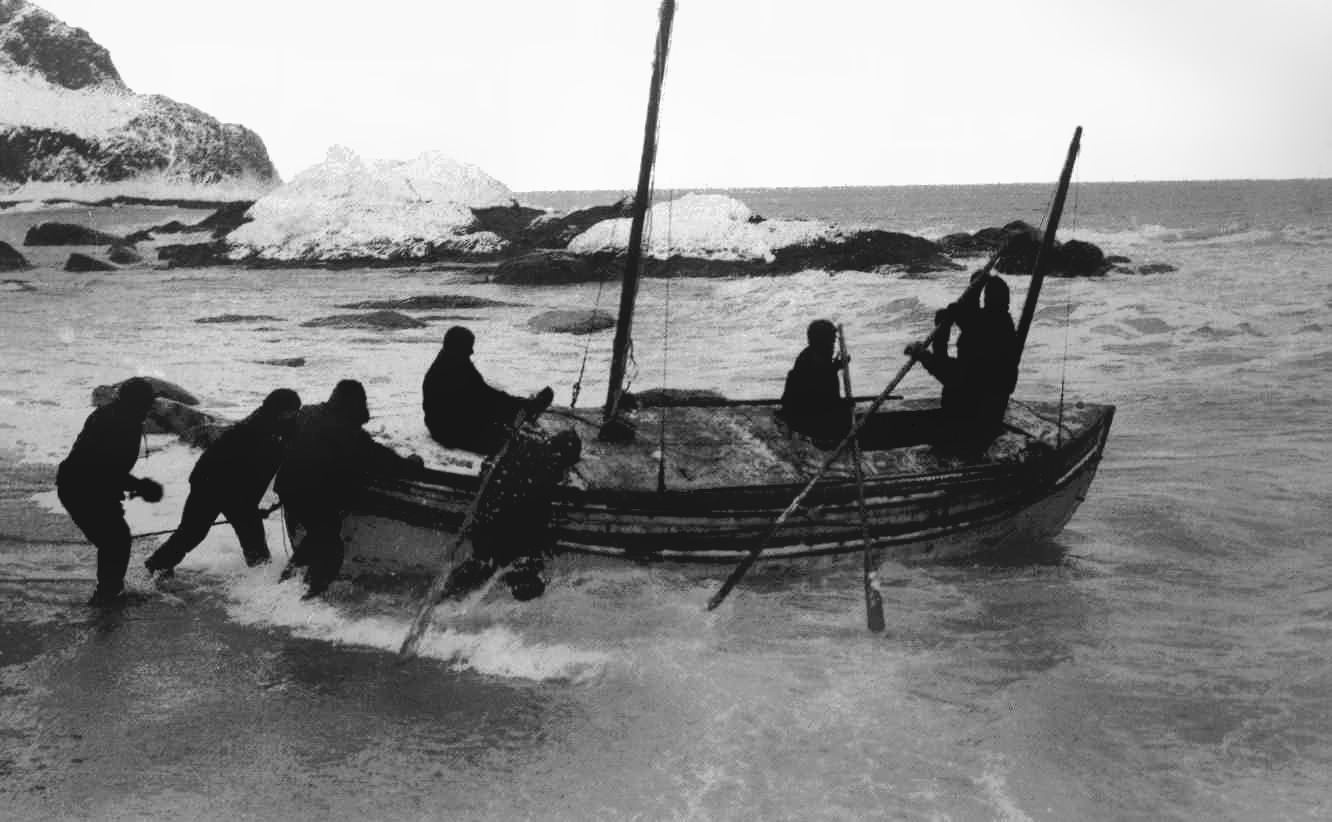 Frank Hurley, Wikimedia Commons
Frank Hurley, Wikimedia Commons
Ernest Shackleton's Arctic Nightmare
Taking five men with him, Shackleton grabbed the largest lifeboat they had and set out over 800 miles to the island of South Georgia, through awful weather and hard waters. Then when they arrived, they had to fight with a hurricane in order to land on the island.
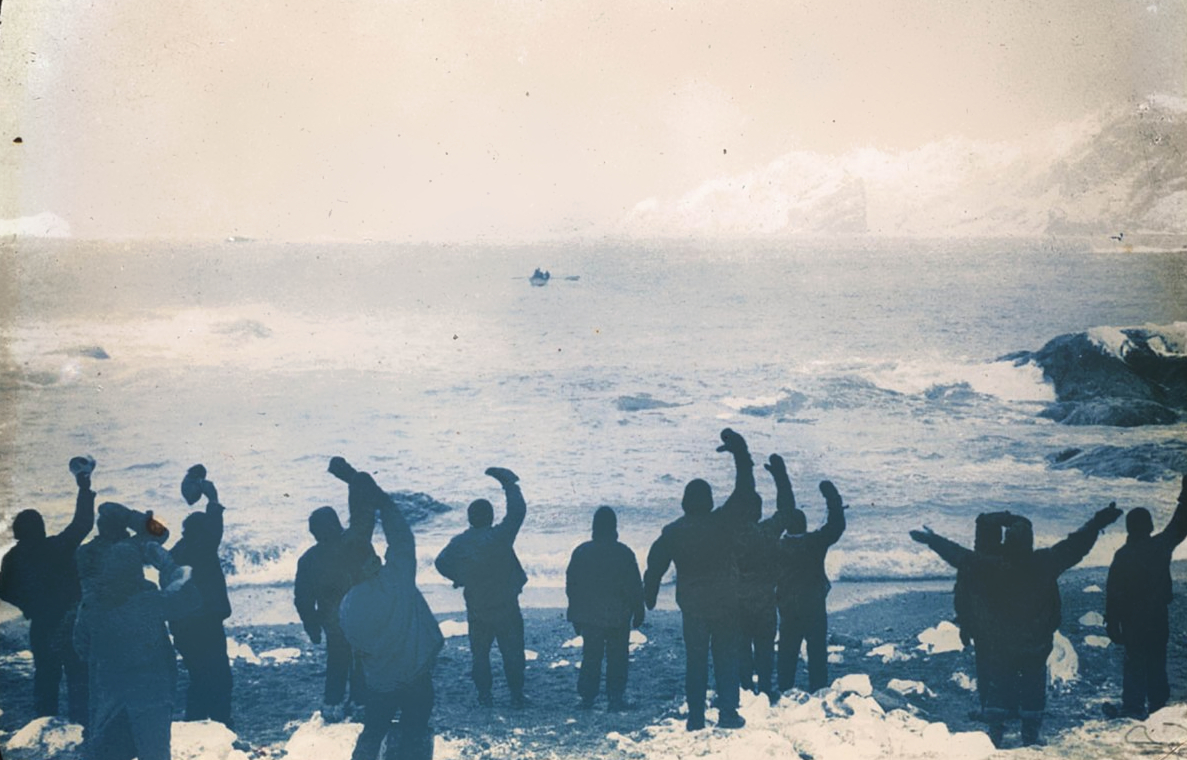 Frank Hurley, Wikimedia Commons
Frank Hurley, Wikimedia Commons
Ernest Shackleton's Arctic Nightmare
It took Shackleton another two weeks to finally find a vessel, but he eventually chartered a Chilean ship to go back to Elephant Island and rescue his men. Amazingly, everyone survived.
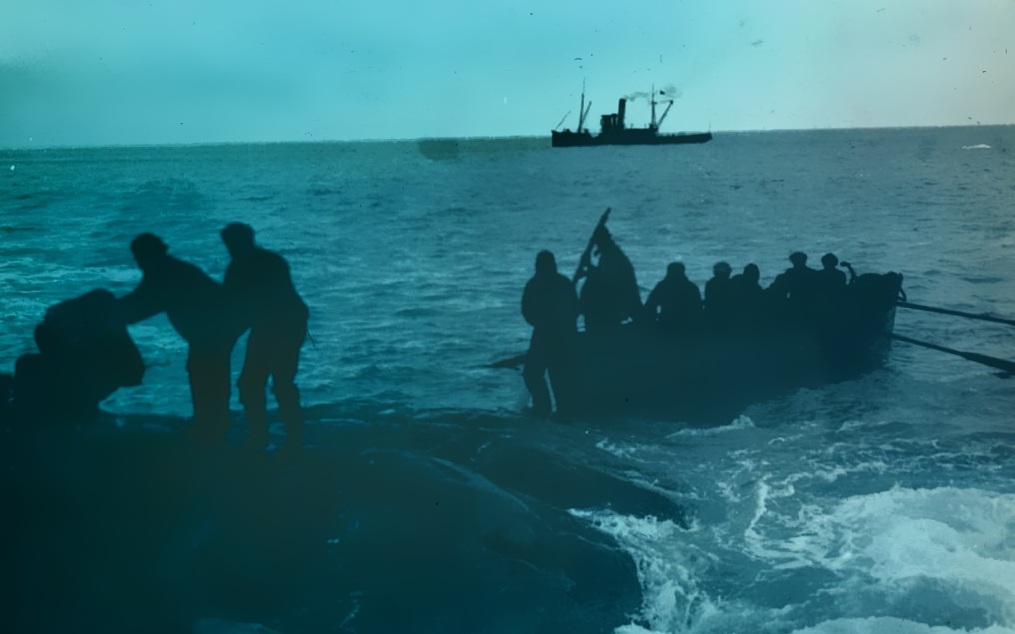 Frank Hurley, Wikimedia Commons
Frank Hurley, Wikimedia Commons
Violet Jessop's Three Shipwrecks
Surviving one shipwreck in your life is incredible enough—but three?! Yet three is exactly how many nurse and stewardess Violet Jessop survived throughout her life.
 Unknown Author, Wikimedia Commons
Unknown Author, Wikimedia Commons
Violet Jessop's Three Shipwrecks
Compared to the next two, this one was a piece of cake. In 1911 the RMS Olympic collided with the HMS Hawke. There was lots of damage, but the Olympic was able to make it back to port and Jessop suffered no injuries. But fate wasn't done with her yet.
Violet Jessop's Three Shipwrecks
Violet Jessop was on the Titanic, and we all know what happened to that ship. Jessop escaped and made it onto Lifeboat 16.
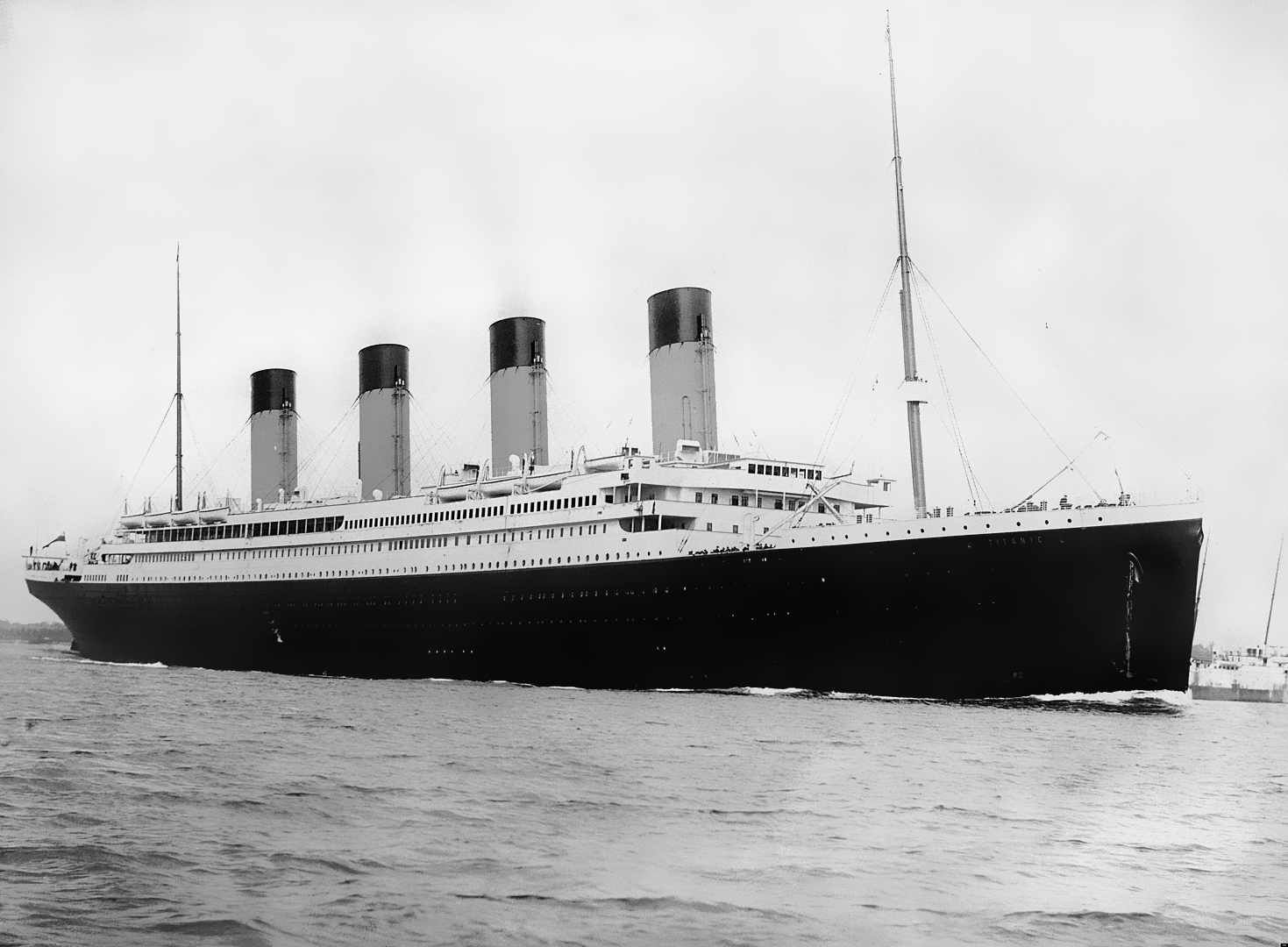 Francis Godolphin Osbourne Stuart, Wikimedia Commons
Francis Godolphin Osbourne Stuart, Wikimedia Commons
Violet Jessop's Three Shipwrecks
Still not dismayed with sea travel, Jessop worked as a nurse aboard the HMHS Britannic during WWI. The ship ran into a German mine in the Aegean sea in 1916. As the ship sank, Jessop managed to jump into the water, but was sucked under the keel and fractured her skull. She survived though...for the third time.
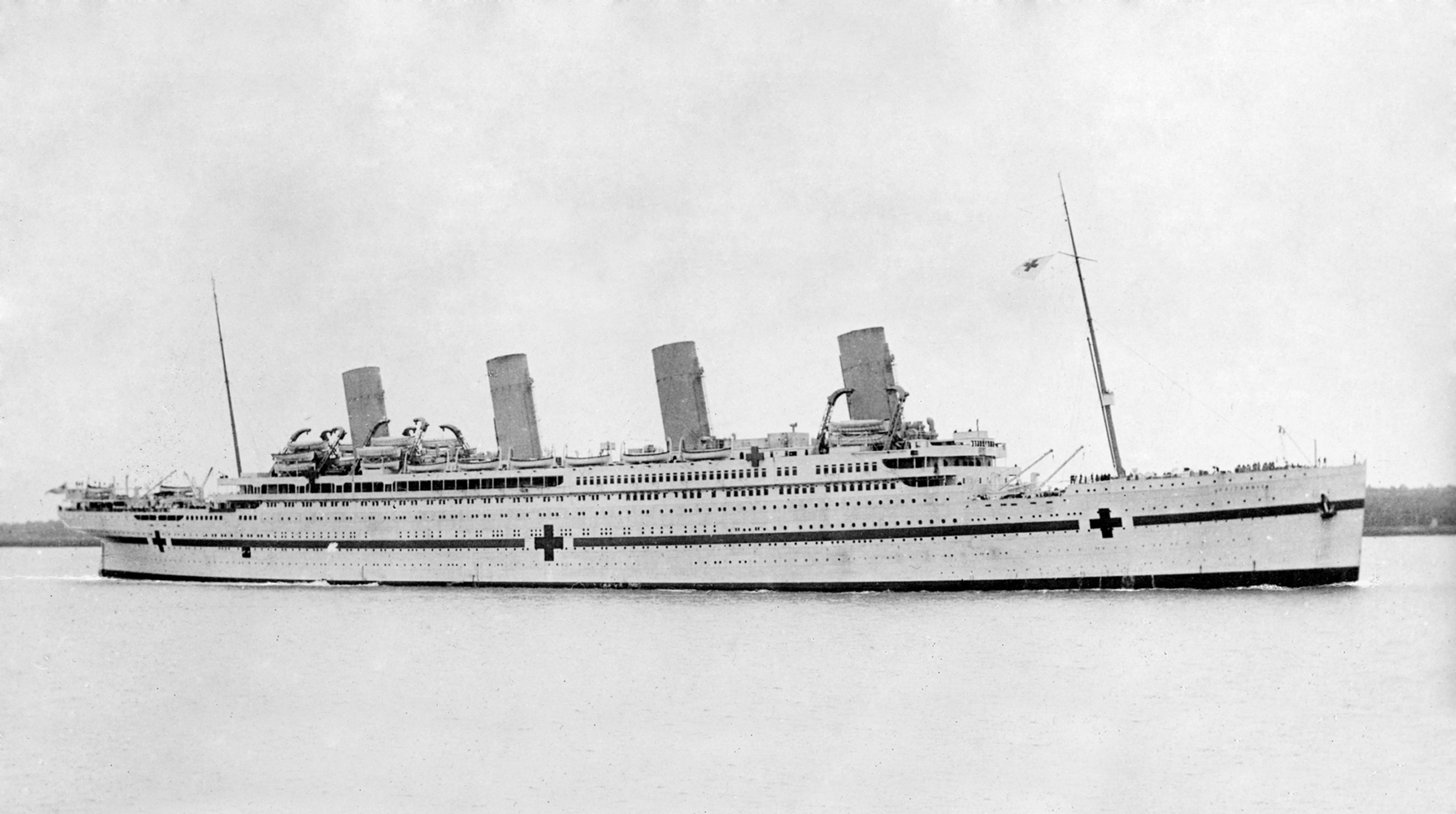 Allan C. Green, Wikimedia Commons
Allan C. Green, Wikimedia Commons
Douglas Mawson’s Antarctic Survival
In 1912 Australian explorer Douglas Mawson, Swiss adventurer Xavier Mertz, and British army lieutenant Belgrave Ninnis all set off with their sled dogs to explore hundreds of miles of land east of Cape Denison in Antarctica. For the first 300 miles, the team faced wind and ice and terrain that made traveling very difficult.
But that was easy compared to what happened next.
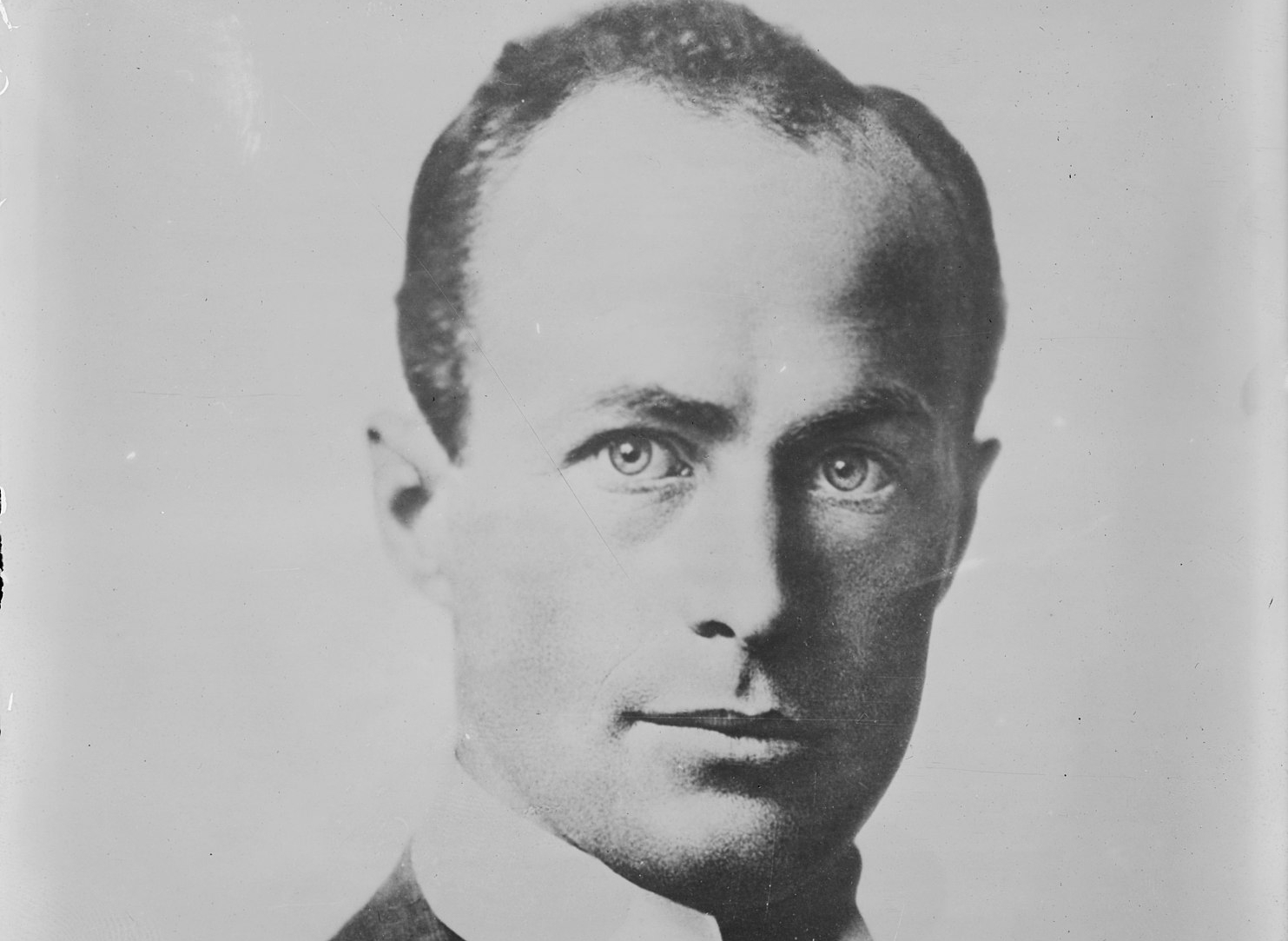 Bain News Service, Wikimedia Commons
Bain News Service, Wikimedia Commons
Douglas Mawson’s Antarctic Survival
The terrain had some very deep crevasses, and tragically Ninnis and six of his dogs fell in one of them, never to be seen again. But it gets worse: The tent, food, and other supplies disppeared with them.
Mawson and Mertz had to turn around and head back to camp. But given how far they had already traveled, they were looking at a 30-day return journey without supplies.
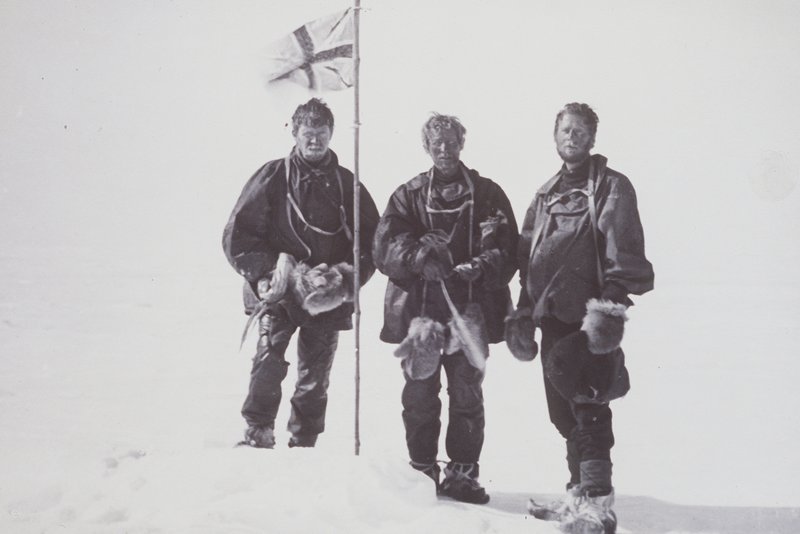 Edgeworth David, Wikimedia Commons
Edgeworth David, Wikimedia Commons
Douglas Mawson’s Antarctic Survival
In order to survive the return trip, the two men were forced to eat some of the dogs. However, eating the doggy livers gave the men Vitamin A poisoning, leading to Mertz's death and Mawson seeing his skin peel off. Mertz passed on January 8, 2013. In February Mawson, barely alive, arrived back at camp.
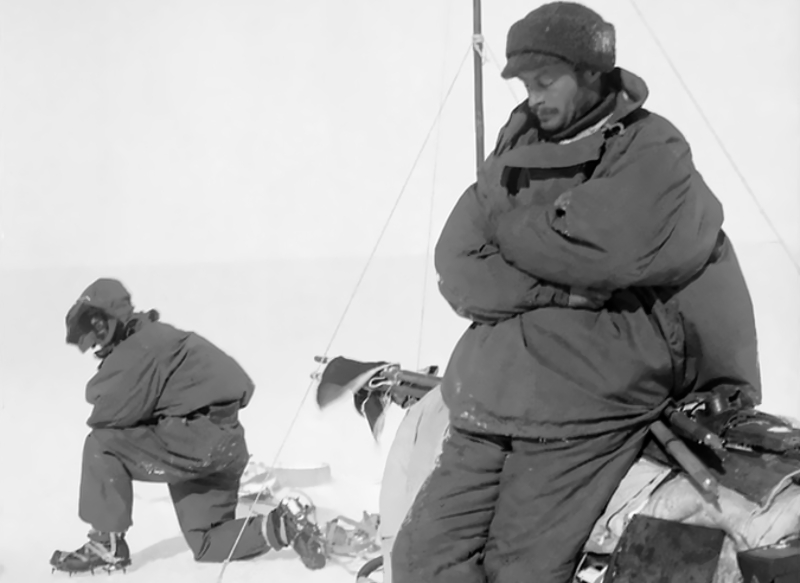 Xavier Mertz, Wikimedia Commons
Xavier Mertz, Wikimedia Commons
Harrison Okene Trapped Underwater
Harrison Okene was a cook working on a Nigerian tugboat in 2013 when winds flipped the boat and it began to sink into 100 feet of water.
 Bukola Anney, How I survived 3 days under the Ocean (Harrison Okene's Testimony)
Bukola Anney, How I survived 3 days under the Ocean (Harrison Okene's Testimony)
Harrison Okene Trapped Underwater
11 crew members drowned, but Okene—in the bathroom at the time—managed to swim his way into a small 4x4' air pocket. He was alive, but he couldn't go anywhere.
 Bukola Anney, How I survived 3 days under the Ocean (Harrison Okene's Testimony)
Bukola Anney, How I survived 3 days under the Ocean (Harrison Okene's Testimony)
Harrison Okene Trapped Underwater
Okene remained in that same air-pocketed spot in the ice cold water as his oxygen supply dwindled. Then, after two days, Okene was amazed to hear a knocking from above. Although, not as amazed as the South African search-and-rescue divers when they found Okene waiting for them inside.
 Bukola Anney, How I survived 3 days under the Ocean (Harrison Okene's Testimony)
Bukola Anney, How I survived 3 days under the Ocean (Harrison Okene's Testimony)
Junior Soccer Team Trapped In Cave
In 2018 a junior Thai soccer team with players aged 11-16 and their 25-year-old coach went exploring through the Tham Luang Nang Non cave network. The group was two miles into the network and close to 3,000 feet underground when major rains caused the caves to flood—trapping the group inside. They had no food or water with them.
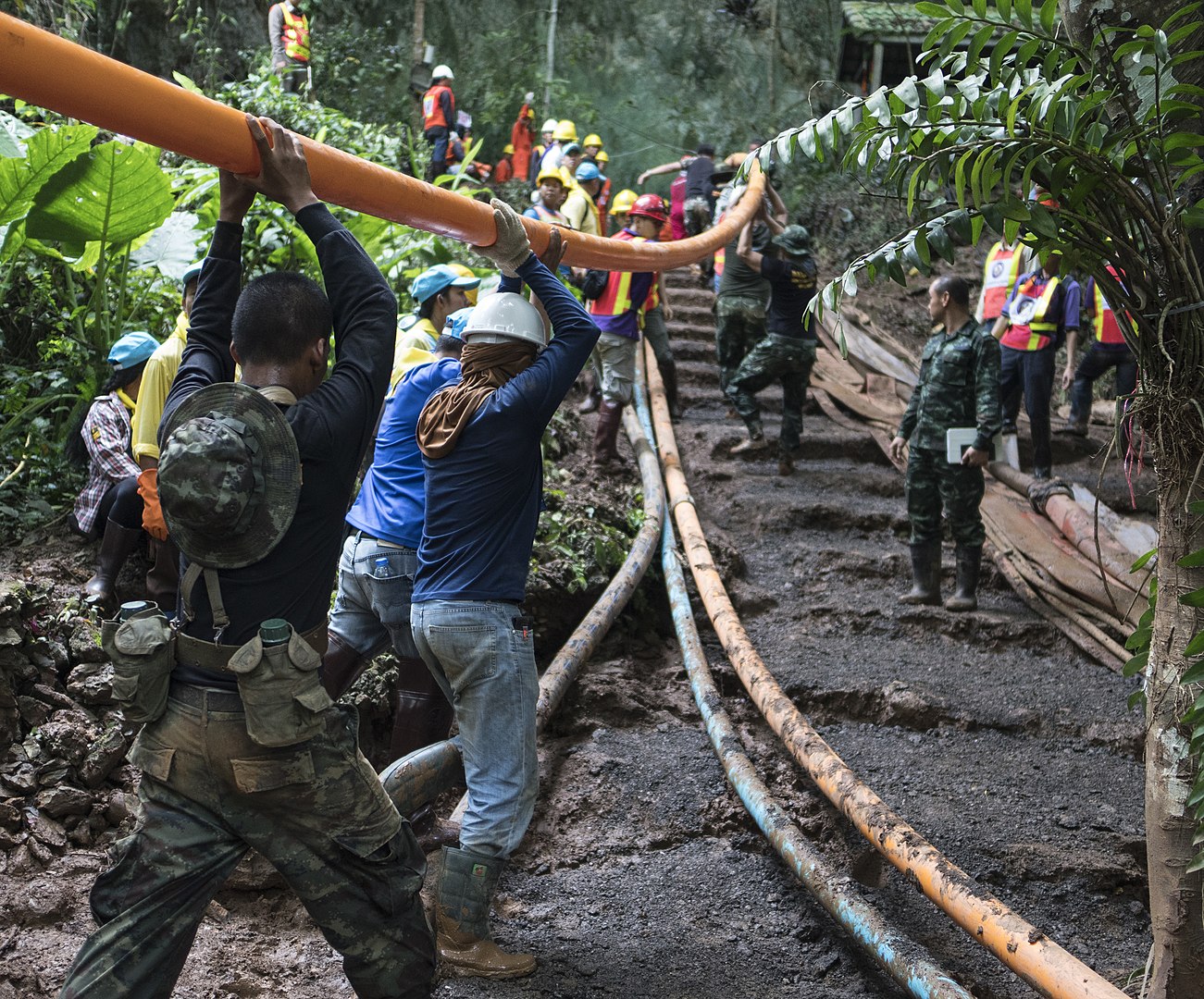 U.S. Air Force Capt. Jessica Tait, Wikimedia Commons
U.S. Air Force Capt. Jessica Tait, Wikimedia Commons
Junior Soccer Team Trapped In Cave
The trapped team made news around the world and rescue efforts took 17 days (nine to locate them and eight to save them). The manpower required was tremendous, with hundreds of workers, 100 divers, and 10 police helicopters. The effort also required pumping over a billion liters of water out of the caves. Everyone survived.
 Mallinson Sadler Productions, Thai Cave Rescue, Drain the Oceans (2019)
Mallinson Sadler Productions, Thai Cave Rescue, Drain the Oceans (2019)
Ada Blackjack Alone In Siberia
In the early 1920s, Canadian explorer Vilhjalmur Stefansson organized an expedition to claim Wrangel Island, north of Siberia, for Britain. Along with four men, he also sent 25-year-old Ada Blackjack as a cook and seamstress.
She wasn't keen on going, but the widowed mother of a young son couldn't say no to the $50 paycheck.
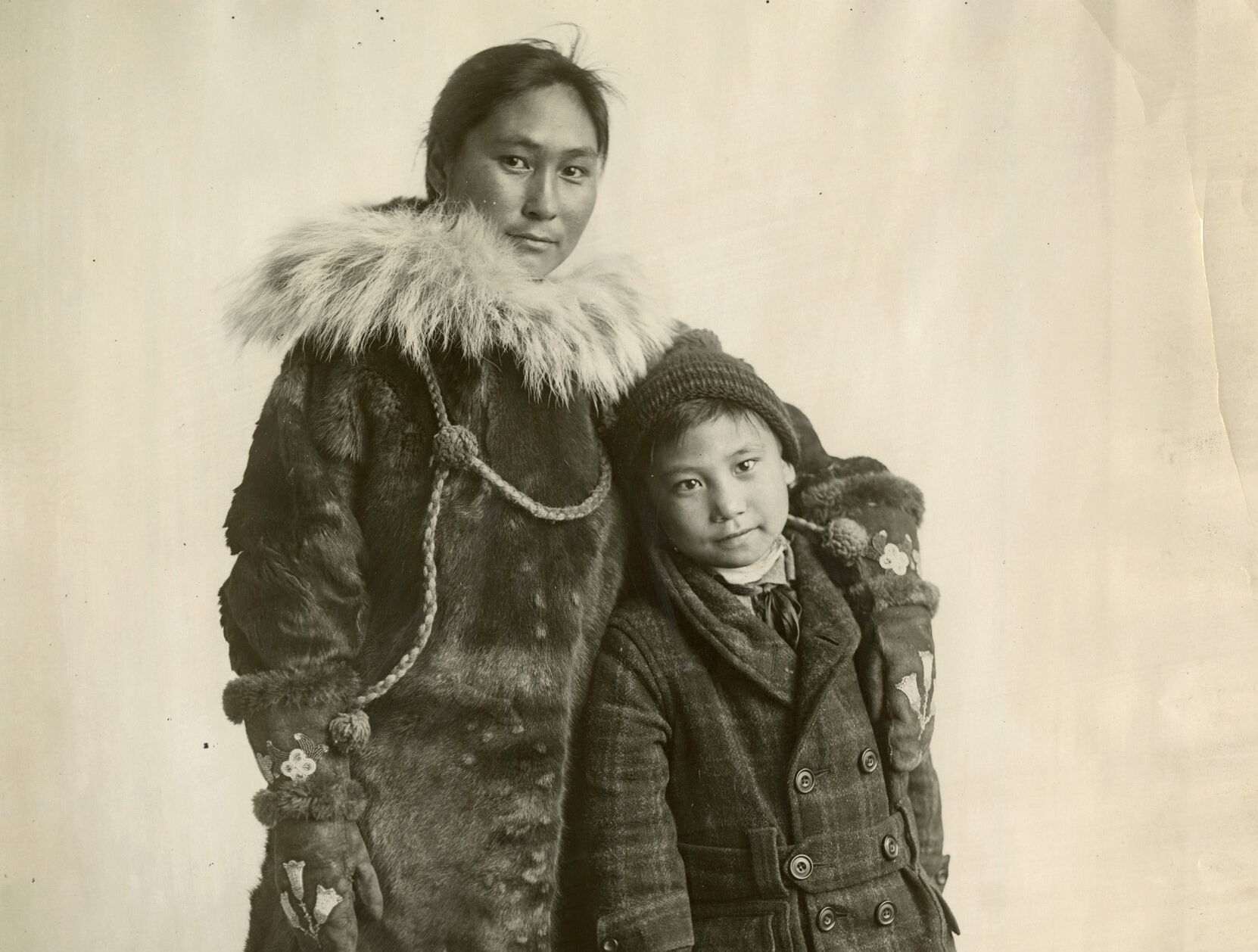 Unknown Author, Wikimedia Commons
Unknown Author, Wikimedia Commons
Ada Blackjack Alone In Siberia
On September 15, 1921 Stefansson dropped the five of them off on the island—nope, he didn't even stay with them (Maybe he knew how awful it would be). And it was awful! There was a little hunting to be done for the first few months, but it wasn't long before there was no more game to be had.
Then, three of the men went off on a hunting trip never to return, and the fourth man succumbed to scurvy. Now Blackjack was all alone.
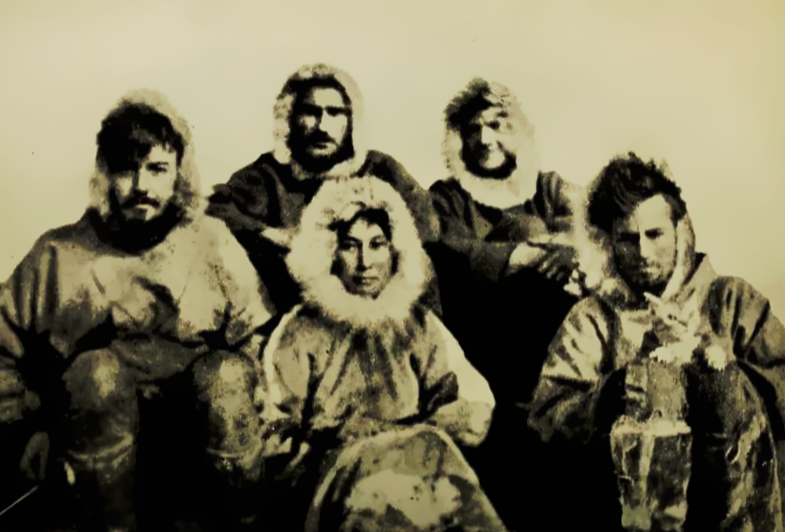 Internet Archive, Wikimedia Commons
Internet Archive, Wikimedia Commons
Ada Blackjack Alone In Siberia
Blackjack had to fight to survive on her own—even taking down seals and chewing their skin to make leather for boots. After five months solo and almost two years total, Blackjack was rescued.
 Vilhjalmur Stefansson, Wikimedia Commons
Vilhjalmur Stefansson, Wikimedia Commons
Juliane Koepcke’s Skyfall
In 1971 Juliane Koepcke was 17 years old when she boarded a plane in Lima, Peru with her mother headed for the Panguana biological station in the Amazon rainforest. During the flight, the plane was struck by lightning, tearing it apart and sending the plane and its passengers hurtling towards the ground.
 Werner Herzog Filmproduktion, Julianes Sturz in den Dschungel (1999)
Werner Herzog Filmproduktion, Julianes Sturz in den Dschungel (1999)
Juliane Koepcke’s Skyfall
Miraculously Koepcke, who was thrown from the plane at 10,000 feet, still attached to her chair, survived the fall. But that was only the first miracle. With a broken collarbone and an injured arm, Koepcke then spent the next 11 days, all alone, trekking through the Peruvian jungle seeking rescue.
 Brut Productions, Miracles Still Happen (1974)
Brut Productions, Miracles Still Happen (1974)
Juliane Koepcke’s Skyfall
She had to fight against swarms of insects and infestations of maggot before finally coming across a logging camp where she got help and was air transported to a hospital.
She was the only passenger who survived the crash, and once she had recovered in the hospital she directed crews to the location of the plane and all the bodies.
 Cancillería del Perú, CC BY-SA 2.0, Wikimedia Commons
Cancillería del Perú, CC BY-SA 2.0, Wikimedia Commons

